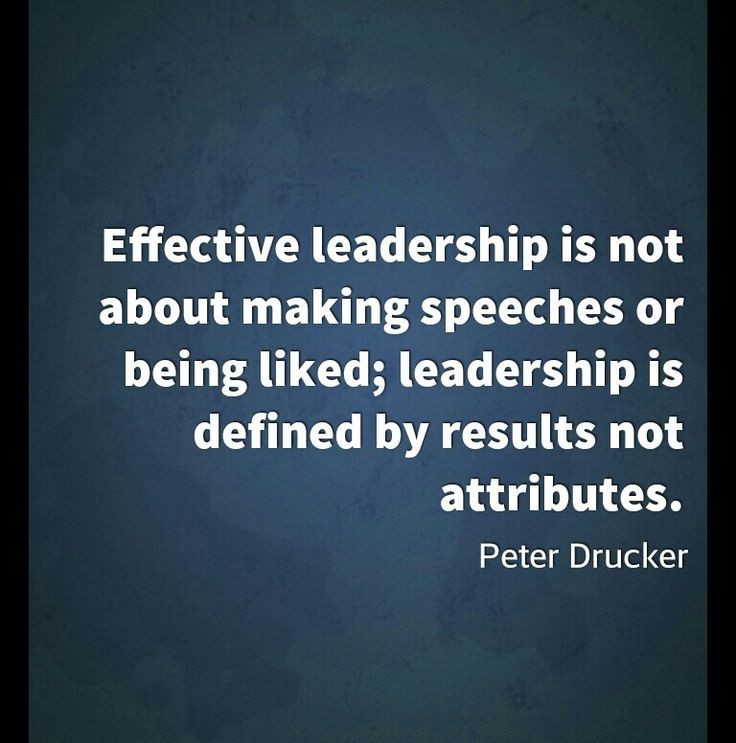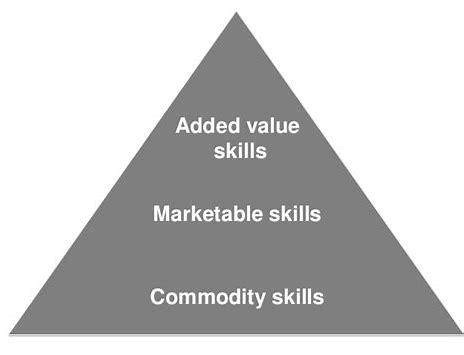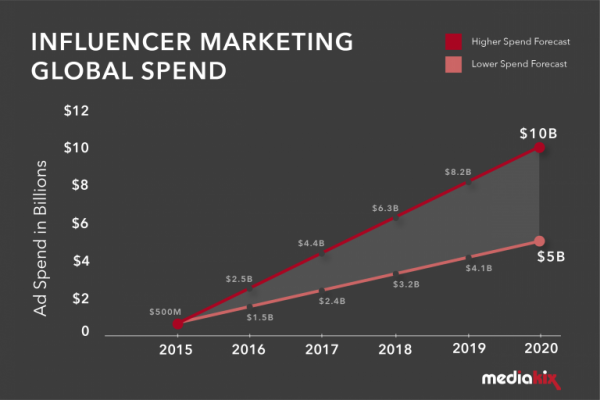http://www.patrickmckenna.com/blog
Page << Prev 10 11 12 13 14 15 16 17 18 19 Next >> of 95
Post #863 – September 2, 2020 25 Quotes to Jump-Start Your Innovative Mindset Innovation does not require some exotic new technology by rather it requires an innovative culture. Today, firms need more radical and game-changing inspiration to be able to meet the challenges that we are all facing. We need new ideas. We need progress. We need positive change. Here is a collection of some of my favorite quotes on innovation to inspire your next move forward. When I need a dose of inspiration or advice, I often turn to these insightful words of wisdom for an added touch of motivation.
Innovation—any new idea—by definition will not be accepted at first. It takes repeated attempts, endless demonstrations, monotonous rehearsals before innovation can be accepted and internalized by an organization. This requires courageous patience. (Warren Bennis) Read the complete article - HERE
Post #862 – August 26, 2020 Lessons BigLaw Could Learn from BigTech In today’s knowledge economy ideas matter, but that said, we still seem to spend most of our time on “execution” work. In other words, we may happen to develop some new service offering (like cybersecurity) and then obsess and spend our time exploiting it, without focusing any meaningful (non-billable) investment time on developing the next new service. Consequently, too many law firms devote their energies to refinement, not invention.
Meanwhile, these Tech giants have figured out how to minimize execution work which creates room for new ideas which they then turn into reality. Their cultures have been purposely designed to support invention. They remove any internal barriers that would prevent ideas from moving through the organization and bring the best of those ideas to life.
Here are some examples, perhaps worthy of thinking about and seeking to emulate in your firm - https://lnkd.in/dFESsda
Post #861 – August 19, 2020 Effective Leaders Are Not Necessarily Nice!  Having spent a good number of years studying, working with and coaching new firm leaders, I have concluded that the greatest challenge for any of us in leading others is the way in which we are hard-wired; our natural instincts to preserve our sense of pride and our need to be (and appear to be) “nice.” Having spent a good number of years studying, working with and coaching new firm leaders, I have concluded that the greatest challenge for any of us in leading others is the way in which we are hard-wired; our natural instincts to preserve our sense of pride and our need to be (and appear to be) “nice.”
The truth is, most of us would rather have the rock-star surgeon available if we needed a coronary bypass operation, irrespective of the individual’s bedside manner. Having a great bedside manner . . . would be a definite plus! BUT, our critical requirement would be to work with a medical technician with the best possible expertise and exemplary track-record for delivering results.
Read the complete article - HERE
Post #860 – August 14, 2020 Announcing: Managing Partners’ Forum North America  Larry Stroud, the founder of Korverge, and Patrick J. McKenna are collaborating to establish Managing Partners’ Forum North America. Larry Stroud, the founder of Korverge, and Patrick J. McKenna are collaborating to establish Managing Partners’ Forum North America.
Larry is a sought-after business development (BD) and management coach for professional services firms, principally accounting and law. Prior to establishing his advisory firm, Korverge Inc. (www.korverge.com) Larry built his experience in several locations around the globe as a CPA, CA (including in the area of forensic investigations and also heading up a national BD and marketing function). He achieved partner in EY and lastly at Mazars UK. Managing Partners’ Forum is a well-established and successful forum and resource in the UK and parts of Europe www.mpfglobal.com. The purpose of The Forum is to support the growth, productivity and prosperity of the professional services sector. The Forum brings together professional firm leaders to share ideas on strategic leadership and management excellence with each other. To qualify to join The Forum members generally have to be Managing Partners, CEOs, COOs of professional firms. Unlike other forums or associations, the members are from all disciplines of professional services – e.g. accounting, law, engineering, architectural, property advisors etc. Stay tuned for further details on programs and activities.
Post #859 – August 12, 2020
Memo to Firm Leader: Are You Getting Minutes from Group Meetings? Whenever I’ve been called in to work with some firm’s practice or industry group, perhaps some group that needs remedial assistance or one wishing to formulate a strategic direction, my first questions of firm leadership is usually to please send me copies of the groups’ most recent meeting minutes. The response I almost always elicit is . . . “Minutes? What the hell do you mean by minutes?” Which tells me everything I need to know!
I have continually found that too many group meetings (if your practice or industry teams are meeting at all – whether in person or now virtually) are simply a convenient excuse to find out what everyone has been up to lately. Many groups may spend time talking about workloads and about what might be new with a particular client that everybody is familiar with – but few actually engage in collaborating on projects that could advance the group’s ambitions. Read the complete article – HERE
Post #858 – August 5, 2020 Suffering Obsolescence (Part 2): Are You Fostering a Skill Building Culture? Since your firm sells professional skill, talent, knowledge, and ability, rather than time (hopefully), it makes sense that one should probably think of those as valuable firm assets and have some kind of program to manage and prevent those assets from inevitably becoming obsolete. The culture you choose to develop can serve to play a critical role in helping everyone build skills for the future.

It is trivial to observe that most new learning happens while professionals are engaged in their various client matters. What is not trivial to point out is that far too many firms (and their groups) fail to capture and disseminate much of that knowledge, such that it never gets leveraged and used to the benefit of outperforming competitors. Read the complete article – HERE
Post #857 – July 29, 2020
Suffering Human Capital Obsolescence: Partners Doing the Same Old Schtick! In most firms, my observation is that we seriously over-invest in the efficiency (“let’s provide a discount” or “do more for less”) arena and under-invest in having partners working to build their skills – in order to deliver greater recognized value. As a general rule, firm leadership needs to help partners understand that they are in competition will millions of other professionals all over the world, capable of doing the same work that they can do, and that the sad news is that: “nobody owes you a career. To continue to be successful you must continually dedicate yourself to retraining your individual competitive advantage.” 
In the long run, superior competitiveness derives from having an ability to build skills faster than competitors, and with the kind of knowledge and skills that germinate new practice niches. Read the complete article - HERE
Post #856 – July 22, 2020 Is Your Industry Group Monitoring Trends? As I have been attempting to convey in my series of articles on the importance of industry focus, clients don’t see the world along your conventional practice group lines. For our purposes here, one activity that I have learned that only high-performance industry groups do, is they engage their members in a monthly meeting specifically to review the trends impacting their clients.
Now, one of the challenges that every industry group leader faces is dealing with busy professionals living in a bubble; head down and consumed in solving client issues such that they are not involved in looking outward or knowing anything about what developments may be transpiring that could affect their practices and their future prosperity. So, one of the important subjects that your group needs to devote some time to focusing on, is in identifying emergent marketplace changes. Staying on top of industry-related market information can be achieved, in the following 10 ways. Read the complete article - HERE
Post #855 – July 15, 2020 The Equity Crowdfunding Micro-Niche For some time now I have been writing a series of articles (https://www.legalexecutiveinstitute.com/author/patrick-j-mckenna/) on what I’ve categorized as lucrative (and most often, unrecognized) “micro-niche” practices – everything from esports and synthetic biology to digital transformation and last week’s social-media influencers. 
While Covid-19 may be decimating many businesses, it is already creating scores of new ones and serving as a catalyst for improved sources of “alternative financing” – and one notable micro-niche within alternative financing is equity crowdfunding (or Reg CF). By way of a small example, take a look on LinkedIn at #crowdfunding to see that there are already 86,350 followers. On July 10 I noticed a posting from Jose Montero, a California-based CEO, announcing the official close of “our crowdfunding campaign” after maxing out early with 3800+ investors reaching his funding goal of $1.7 million (the regulated cap) to finance Blue, a smart business card and mobile app. Read the complete article - HERE
Post #854 – July 8, 2020 The Social Media Influencer Micro-Niche For some time now I have been writing a series of articles on what I’ve categorized as lucrative (and most often, unrecognized) “micro-niche” practices – everything from esports and synthetic biology to digital transformation and anti-aging medicine. Among a number of micro-niches that I have been monitoring is one that received high-profile attention on June 30th by way of the forming of their own lobbying group. Apparently, a collection of “TikTok tastemakers and IG mavens banded together to launch a trade group, the American Influencer Council.” Part of their stated goal is to legitimize influencing as an industry, fund market research into the influencer economy, and build a mentoring program for rising stars. 
What is that all about, you ask? Social Media Influencers! Read the complete article – HERE
Page << Prev 10 11 12 13 14 15 16 17 18 19 Next >> of 95
|


 Ashridge House
Ashridge House  11226 - 60 Street
11226 - 60 Street  Edmonton, Canada
Edmonton, Canada  T5W 3Y8
T5W 3Y8